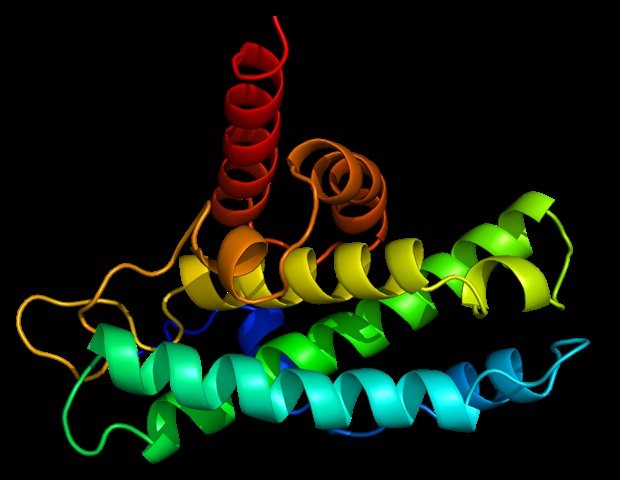Sugar-based liquid solvents store vital injection-based treatments such as insulin and vaccines.
However, the shelf life of these therapeutics changes because the properties of these solvents alter the critical proteins necessary for the treatments under the skin over time.
Kennesaw State University Assistant Professor of Chemistry and Biochemistry Mohammad Halim has received a three-year grant from the National Institutes of Health (NIH) to study protein- and enzyme-based solvents aimed at improving the storage of injectable therapeutics.
Halim’s research seeks to find the optimal mixture of eutectic solvents that can store these drugs at sub-freezing temperatures with elements that will not bind to proteins, extending their useful life.
My research is trying to understand how eutectic solvents form between two components and how they can preserve all peptide and protein-based drugs, because we’re going to see more of these kinds of therapies. But we do not have a reliable maintenance technique. I am receiving this funding to develop a new solvent that can preserve the protein in its natural state and extend its life without side effects.”
Mohammad Halim, Assistant Professor of Chemistry and Biochemistry, Kennesaw State University
Protein-based drugs can only be effective if they remain intact, but require solvents to preserve and administer to a patient. With the rise of peptide-based drugs over the last decade, the biomedical industry is looking for more reliable ways to preserve these pharmaceuticals. Protein-based therapeutics represent a $679 million industry by 2033, and enzymes designed to stabilize these proteins could contribute to an $8.2 billion industry by 2030.
“One of the disadvantages of existing sugar-based preservation techniques (such as Trehalose) that we have identified is that they change the structure of the protein through glycosylation,” said Halim. “These protein-based drugs contain larger and more complex molecules and pose new challenges in maintaining their integrity and stability over extended periods.”
The grant will also allow Halim to continue his success in engaging undergraduate and graduate students in one of the most active research labs on campus. Since arriving at Kennesaw State in 2021, Halim has mentored a record number of students, including 105 undergraduate and 12 graduate students at KSU. These students contributed to 18 co-authored student publications, 141 oral and poster presentations at various local, regional and national conferences.
“Research and teaching is not just my job, it’s my passion,” he said. “I work with my students in the research lab and train them to become next-generation scientists. I consider myself a core in the research lab, because if the core remains, the electrons (students) revolve around the core, which supports them. I teach and guide with a ‘pleasure-driven’ approach where any student can understand the background and interpretation of their problems through research.”
Halim also has three internal collaborators in the College of Science and Mathematics on the project: assistant professors Carl Saint Louis, Madalynn Marshall and Soon Goo Lee. Through the grant, the research team will also have the opportunity to use the neutron scattering machine at Oak Ridge National Laboratory in Tennessee for external collaboration.
Source:
